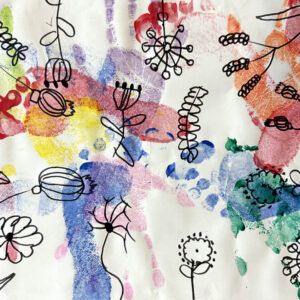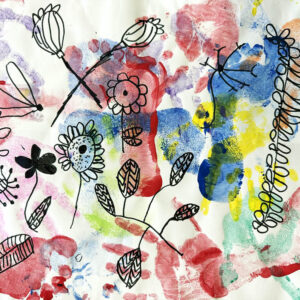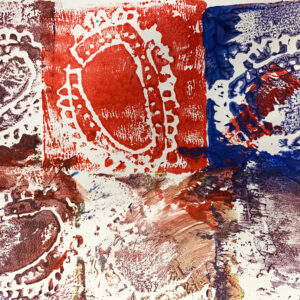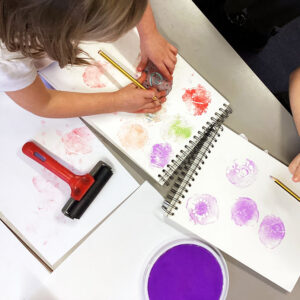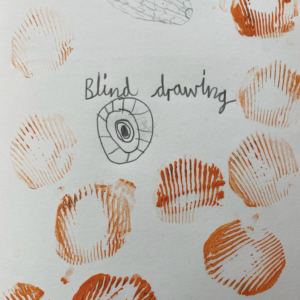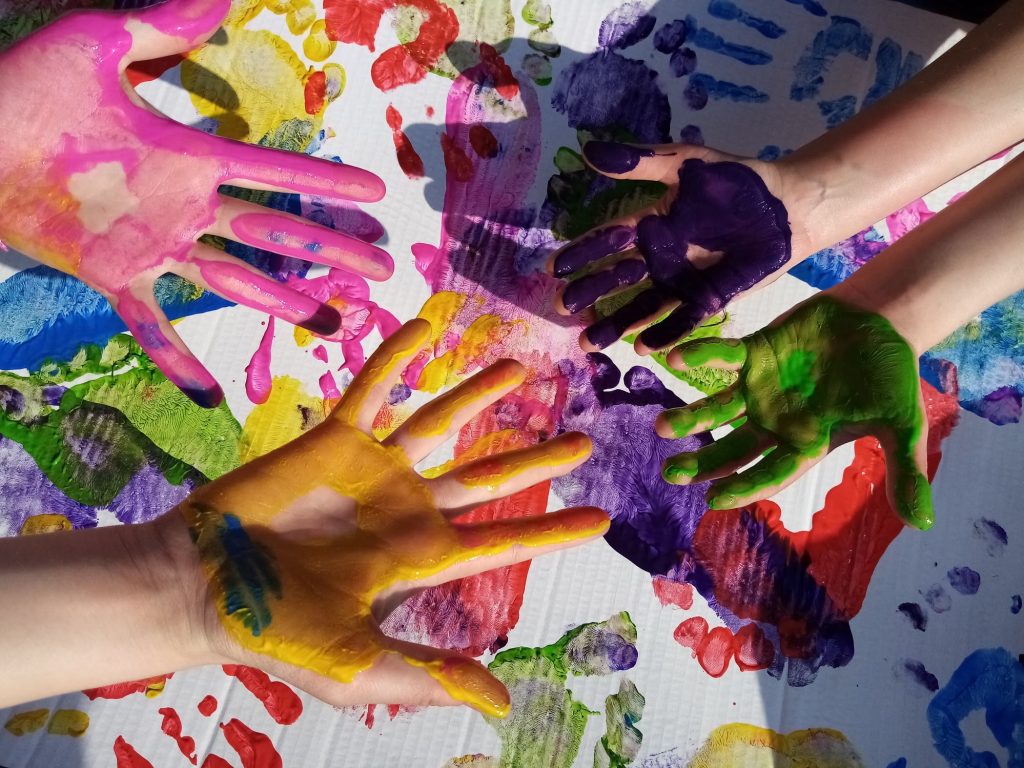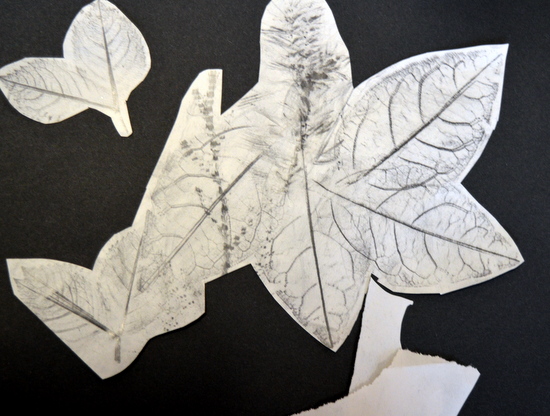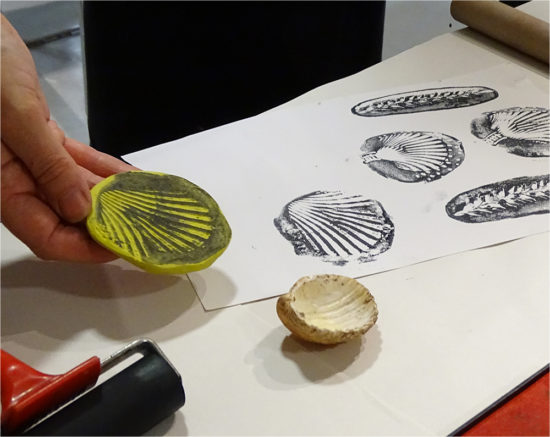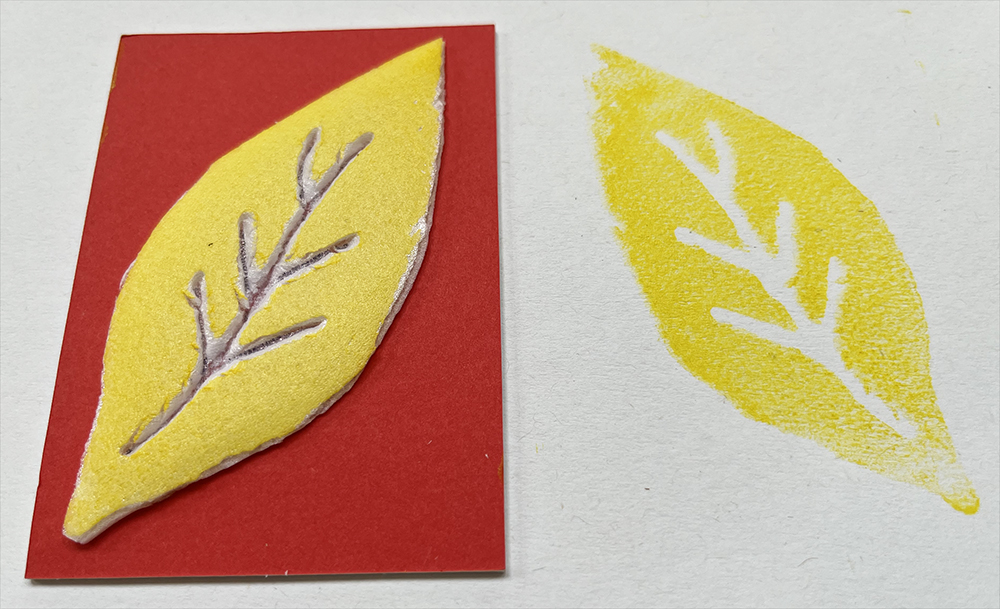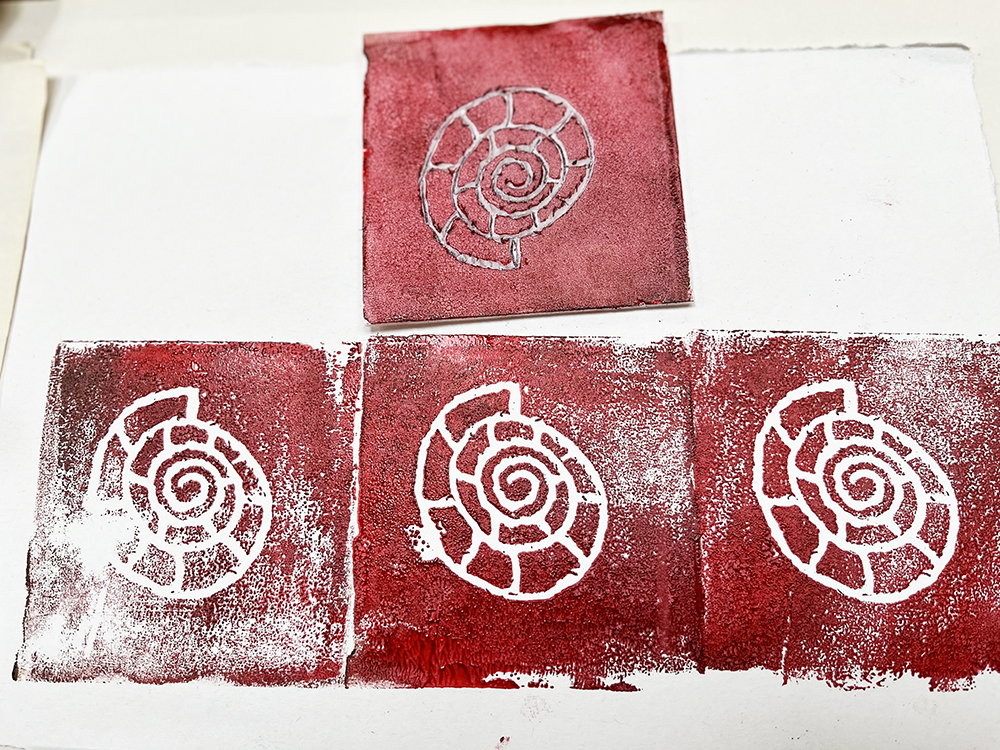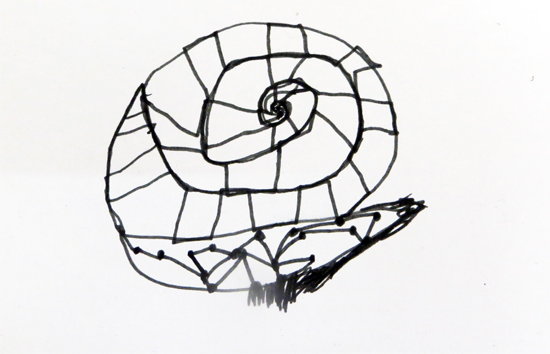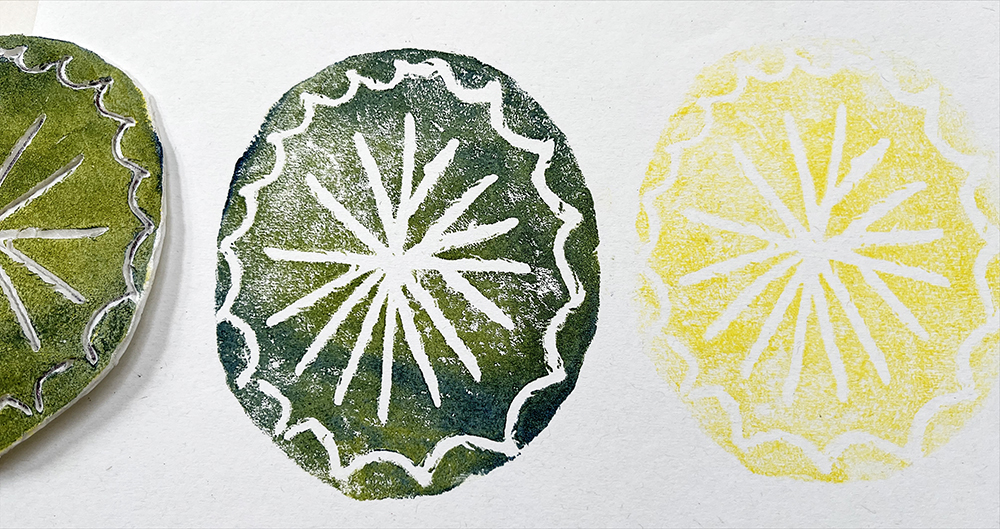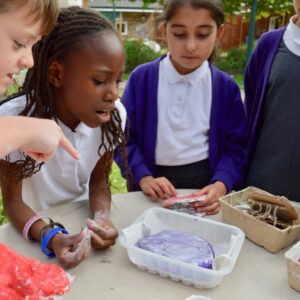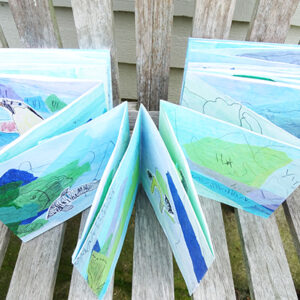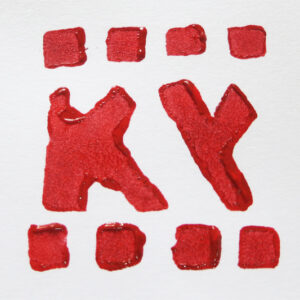Pathway: Simple Printmaking
Pathway for Years 1 & 2
Discipline:
Printmaking, Collage, Drawing
Key Concepts:
-
That we can make a “plate” from which to “print”
-
That there is a relationship between plate and print: e.g. negative / positive.
-
That we can use print to create “multiples”
-
That we can explore line, shape, colour and texture to explore pattern, sequence, symmetry and intention.
This pathway invites children to explore the world about them as a way to begin to understand the concept of “print”.
Children use their own bodies, then things they collect around them, to create a variety of prints. They use their hands and feet to make prints, and they take rubbings of textures from the environment around them. They make “plates” by making impressions in plasticine, and then by using printing foam.
They explore how they can build up images by creating multiples, and use line, shape, colour and texture to explore pattern, sequencing and symmetry.
Medium:
Paper, Printing Ink, Plasticine, Printing Foam
If you use this resource in your setting, please tag us on social media: #InspiredBy @accessart (facebook, twitter) @accessart.org.uk (instagram) and share the url. Thank you!
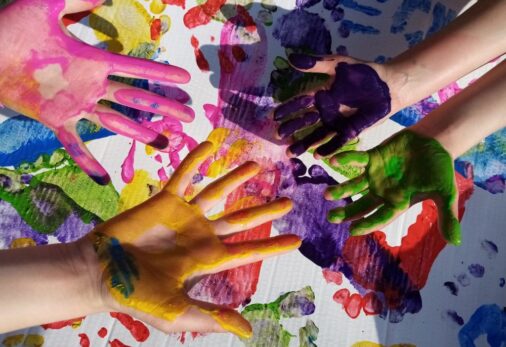
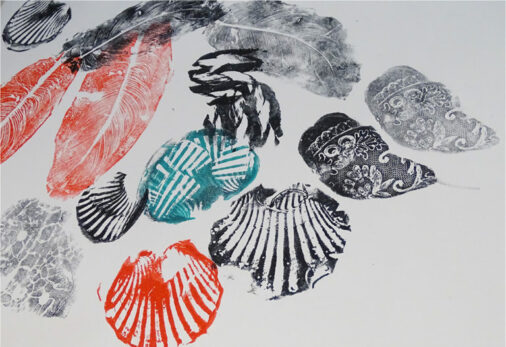
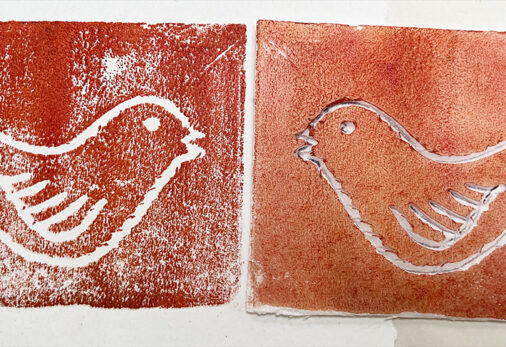

Teaching Notes
Curriculum Links
Geography: Adapt to create imagery which explores symbols on maps.
History: Adapt to create portraits of significant individuals from history.
Maths: Pattern, repetition, pictorial representation, 2D/3D shapes.
Science: Adapt and use plants, trees, leaves, food chains, animals as inspiration to draw and make printed patterns.
PSHE: Peer discussion.
I Can…
-
I can make simple prints using my hands and feet.
-
I can explore my environment and take rubbings of textures I find.
-
I can use my rubbings to make an image.
-
I can push objects I find into plasticine and make prints.
-
I can cut shapes out of foam board and stick them on a block to make a plate. I can print from the plate.
-
I can draw into the surface of the foam board and print from the plate.
-
I can use colour, shape, and line to make my prints interesting.
-
I can create a repeat print.
-
I can create a symmetrical or sequenced print.
-
I can use my sketchbook to collect my prints and test ideas.
Time
This pathway takes 6 weeks, with an hour per week. Shorten or lengthen the suggested pathway according to time and experience. Follow the stages in green for a shorter pathway or less complex journey.
Materials
Ready mixed paints, large sheets of cardboard (maybe primed with white paint), brushes, trays, soft pencils, handwriting pens, chalk, flowers for observation, collected objects (shells, leaves, twigs etc), wax crayons, plasticine, ink pads, printing foam, water soluble printing ink, small pieces of thick card, scrap sugar paper, glue, rollers.
See the Pathway Used in Schools...
